Every dog owner’s nightmare is walking into a room and discovering an unexpected “surprise.” If you’re struggling with how to stop dogs from peeing or pooing in the house, you’re not alone. This common challenge can turn your cozy home into a minefield, but you can reclaim your clean floors and carpets with the right strategies and understanding.
House soiling can be a ruff patch in the journey of pet ownership. It’s not just about the mess; it’s about understanding why our furry friends behave this way. Before you find yourself barking up the wrong tree, it’s crucial to dive deep into the reasons behind these accidents and the effective solutions to curb them.
In this comprehensive guide, we’ll explore the myriad reasons behind dogs peeing and pooing in the house, from medical issues to behavioural quirks. We’ll also provide actionable solutions, tips, and preventive measures to ensure your home remains a pee and poop-free sanctuary. So, leash up your patience and let’s embark on this journey together!
Contents
- 1 Unravelling the Mystery: Why Do Dogs Soil the House?
- 2 The Power of Deterrence: Using Smells to Your Advantage
- 3 Training and Behaviour Modification: The Path to a Clean Home
- 4 Additional Strategies for Managing Indoor Elimination
- 5 Frequency Asked Questions
- 6 Conclusion
Unravelling the Mystery: Why Do Dogs Soil the House?
According to our friends across the water, the American Kennel Club, house soiling is the most common behavioural issue in dogs, so why do they do it:
Medical Issues:
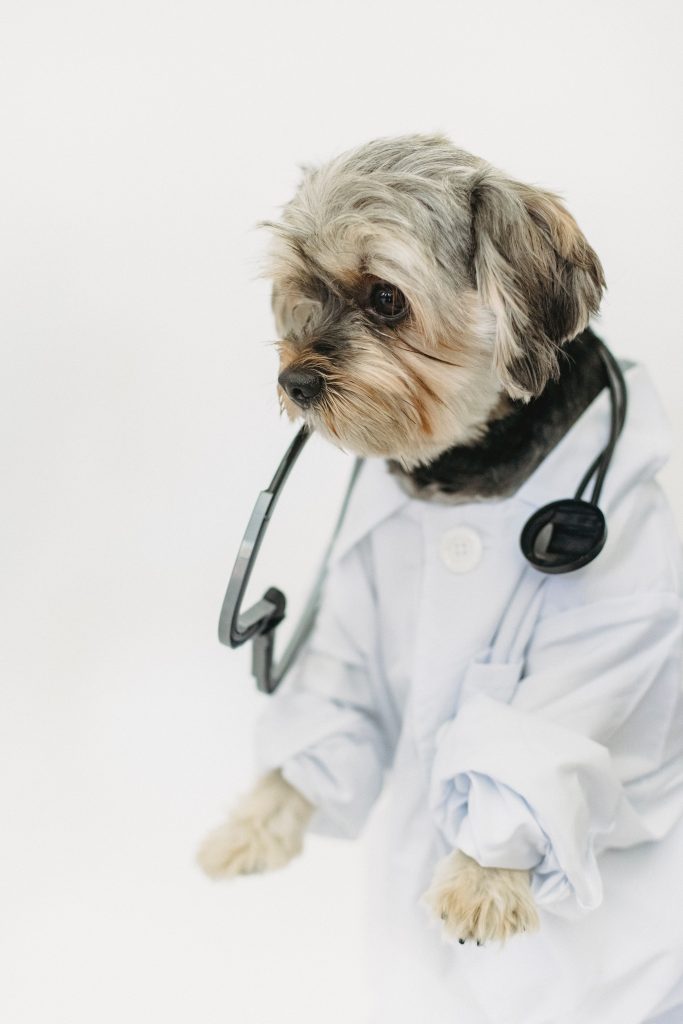
Photo by Sam Lion
Before jumping to conclusions, it’s essential to rule out any underlying health problems. Conditions like urinary tract infections, cystitis, or even age-related incontinence can lead to unexpected accidents.
Medical issues can often be the hidden culprits, causing our furry friends to have accidents indoors. It’s essential to approach the situation with understanding and empathy, recognising that your dog may be dealing with something beyond their control. Let’s delve deeper into some of the medical conditions that might be causing your dog to soil the house.
A Sudden Onset of House Soiling
If your dog, who has been perfectly potty-trained, suddenly starts having accidents in the house, it’s a red flag for potential medical issues. A sudden change in elimination habits warrants a thorough check-up, especially in adult dogs or those who have been consistently well-behaved. Conditions such as urinary tract infections, cystitis, bladder stones, kidney disease, or arthritis can be some of the medical reasons behind this unexpected behaviour.
Increased Frequency or Volume of Elimination
Monitoring your dog’s drinking and elimination habits can provide valuable insights into their health. Suppose you notice an increase in the frequency or volume of urination. In that case, it might indicate conditions like diabetes, kidney disease, or Cushing’s disease, which can impact their ability to control their bladder. Similarly, changes in stool frequency, consistency, or volume can also be signs of underlying health issues.
Incontinence and Lack of Control
Incontinence refers to the inability to control bladder and bowel movements. If your dog seems to be leaking urine while resting or has stool dropping out unexpectedly while walking or lying down, they could be dealing with incontinence. This condition can be common in older dogs and might be associated with age-related issues or other health problems.
Painful Elimination or Discomfort
Watch out for signs of discomfort or pain while your dog is eliminating. Straining, vocalising, or frequently attempting to urinate or defecate can indicate issues like bladder stones or constipation. In such cases, the discomfort might make them reluctant to go outdoors for elimination, leading to accidents inside the house.
Behavioural Changes and Elimination Patterns
Sometimes, medical issues also bring about behavioural changes in your dog. Conditions affecting the brain, including cognitive dysfunction, might disrupt their regular elimination patterns, causing them to forget their house-training rules. In such cases, they might eliminate indoors without any apparent pattern or understanding of the inappropriateness of the behaviour.
Marking Behaviour and Upright Surfaces
If your dog is consistently eliminating on upright surfaces, it might be indulging in marking behaviour, which can sometimes be linked to medical issues. Especially in non-neutered or non-spayed dogs, marking can be a way to establish territory. However, frequent marking might also indicate urinary tract infections or other related health issues.
In conclusion, while training and behavioural interventions are crucial in managing house soiling, it’s equally vital to rule out any medical issues that might be contributing to the problem. Always approach the situation with empathy and patience, understanding that your dog might be dealing with discomfort or pain. If you have ruled out medical issues as a potential cause, there could be other reasons your furry friend is peeing or pooing in the house, including:
Lack of Proper House Training:
Training is the foundation of any well-behaved dog. Puppies, especially, need consistent guidance. If they haven’t been adequately house trained, they might not understand the house rules. Regular training sessions, positive reinforcement, and patience are essential. If this is the cause, consider enrolling your pup in a training class or seeking advice from professional trainers.
Anxiety and Stress:
Our canine companions are sensitive souls. Significant changes, like moving homes, a new family member, or even a new piece of furniture, can trigger anxiety. Identifying the stressors and providing a safe, comfortable environment can help alleviate these anxious behaviours.
Marking Territory:
Especially prevalent in non-neutered or non-spayed dogs, marking is a natural behaviour. However, in a domestic setting, it’s less than desirable. Consultation with a vet about the benefits of neutering or spaying can help reduce such behaviours.
The Power of Deterrence: Using Smells to Your Advantage
Navigating through the myriad of home remedies to deter your dog from marking can be a sniffy business. Utilising certain scents can be a powerful tool in preventing unwanted indoor elimination, but it’s crucial to use them wisely and humanely. Let’s explore some common smells often recommended to deter dogs from soiling indoors and how to use them effectively and safely.
Citrus: A Zesty Deterrent
Dogs, with their incredibly potent sense of smell, often find the zesty aroma of citrus overpowering and unpleasant. While it might be a refreshing scent to us, using citrus peels or a citrus-based spray can deter dogs from marking specific areas. However, a word of caution: before you go spraying citrus all over your beloved furniture or carpets, do a spot test in a discrete area. Some materials might not react well to citrus, and the last thing you want is to trade one problem for another!
Vinegar: A Pungent Preventative
While making your home smell like a salad dressing, vinegar carries a strong scent that can act as an effective deterrent for dogs. But remember, it’s always best to dilute vinegar with water to prevent potential harm to your dog’s sensitive nose and protect your household items. Also, like using citrus, it’s worth testing the diluted vinegar on a small, hidden patch of your surfaces before spraying it liberally, ensuring it doesn’t cause any discolouration or damage.
Chilli: A Spicy Solution
Chilli or cayenne pepper is often touted as a deterrent due to its irritating properties. The idea is that dogs, deterred by the spicy scent, will avoid the areas where it’s used. To utilise chilli peppers, some people sprinkle powdered cayenne pepper in areas they want to deter their dogs from accessing. However, it’s crucial to use this method with utmost caution. Chilli can cause significant irritation to a dog’s nose, eyes, and respiratory system. Always prioritise your dog’s well-being and consider alternative methods if there’s any risk of discomfort or harm.
Alcohol and Coffee Grounds: Bitter and Robust Repellents
Alcohol and coffee grounds are known to be among the smells that dogs tend to avoid. For alcohol, some suggest soaking a cloth in the liquid and placing it in unwanted elimination areas. However, it’s vital to put these soaked cloths well out of reach to prevent any attempts at chewing or ingestion, as alcohol is toxic to dogs. On the other hand, coffee grounds can be sprinkled in garden areas or near entry points to deter dogs. But again, ensure that these are used in places where your dog cannot consume them, as coffee grounds can also be harmful if ingested. Always prioritise safety and consider consulting with a vet or a pet behaviourist to explore safe and effective deterrent methods.
In utilising smells as a deterrent, ensuring that the methods used are safe and humane for your pet is always paramount. Always prioritise their well-being and consult with professionals for advice tailored to your specific situation. Remember, deterring unwanted behaviour should never come at the cost of your pet’s comfort or health.
Training and Behaviour Modification: The Path to a Clean Home
Embarking on the journey to a clean home, free from unexpected puddles and surprises, involves a blend of strategic training and behaviour modification. It’s not just about managing the mess but understanding and moulding your dog’s habits and preferences to create a harmonious living environment. Let’s dive into some strategies that can pave the way for a cleaner home and a well-trained pup.
Positive Reinforcement: Celebrate the Outdoor Potty Parties
Every time your dog chooses the great outdoors for their business, it’s a win worth celebrating! Whether that’s on a walk (remember your poop bags) or in the back yard it’s a perfect time for a potty party. Positive reinforcement involves acknowledging and rewarding the behaviours you want to see more of. Whether with dog treats, effusive praises, or a quick, playful game, ensure your dog associates outdoor potty time with positive, happy experiences. This positive association will gradually build a preference for outdoor elimination.
Create a “Poo Zone”: A Safe Haven for Doing Business
Dogs, much like us, appreciate a safe and consistent space for their personal business. Creating a designated “Poo Zone” in your yard provides them with a reliable spot where they can comfortably relieve themselves. But remember, safety and comfort are key. If, for instance, playful (yet naughty) kids have sprayed water or startled your dog in this zone, your furry friend might deem it unsafe and seek alternatives (like your living room rug!). Ensure the “Poo Zone” is consistently safe, quiet, and undisturbed to maintain its appeal as the preferred potty spot.
Supervision and Routine: Establishing a Predictable Potty Schedule
Dogs, being creatures of habit, thrive on routine. Establishing a predictable schedule, such as post-meal potty breaks or regular outings, can significantly minimise indoor accidents. Supervision is equally crucial to prevent any sneaky indoor eliminations, especially during their “usual” potty times. Keeping a watchful eye and promptly guiding them to their outdoor spot ensures they understand where it’s appropriate to go.
Clean Accidents Thoroughly: Eliminate Traces and Lingering Scents
Accidents happen, but ensuring no olfactory traces are left behind is vital. Dogs have a keen sense of smell and are likely to return to a spot where they’ve previously eliminated. Investing in a high-quality enzymatic cleaner will help break down the odour molecules, ensuring your dog isn’t tempted to revisit the scene for a repeat performance. Thorough cleaning also prevents any long-term damage to your floors and furnishings.
Additional Strategies for Managing Indoor Elimination
While training and behaviour modification are pivotal, additional strategies may be needed to manage indoor elimination, especially in puppies or older dogs with incontinence issues.
Employing Belly Bands or Diapers: A Temporary Solution for Incontinence
Utilising belly bands or diapers can be an effective strategy, especially for puppies still in training or older dogs dealing with incontinence. These tools can help prevent indoor accidents and protect your home while you work on training or managing medical issues. Ensure that the bands or diapers are comfortable, fit well, and are changed regularly to maintain hygiene and prevent any discomfort or skin issues for your dog.
Frequency Asked Questions
Q: Should you punish your dog for pooping in the house?
A: Absolutely not. Punishing can exacerbate the issue, making your dog fearful and anxious. Instead, focus on positive reinforcement. Celebrate the victories, no matter how small, and remember that patience is key.
Q: Why does my dog pee in the house even after going outside?
A: Overstimulation or distractions outside can sometimes make dogs forget to do business. Ensure their outdoor potty time is structured, calm, and free from distractions.
Q: What is “Dirty Dog Syndrome”?
A: This term refers to dogs that have become comfortable soiling their living space. Addressing this behaviour requires a mix of training, routine, and, in some cases, medical intervention.
Conclusion
House soiling can be a challenging hurdle in the journey of pet ownership. But you can navigate this phase successfully with understanding, training, and a bit of detective work.
Setbacks are a part of the process. Celebrate the small victories, be patient, and remember that every dog can learn with the right guidance.
Have you faced house-soiling challenges? How did you overcome them? Share your stories in the comments below or on social media. Let’s create a supportive community where every pup parent can find solutions and support. After all, together, we can tackle any mess! ????❤️

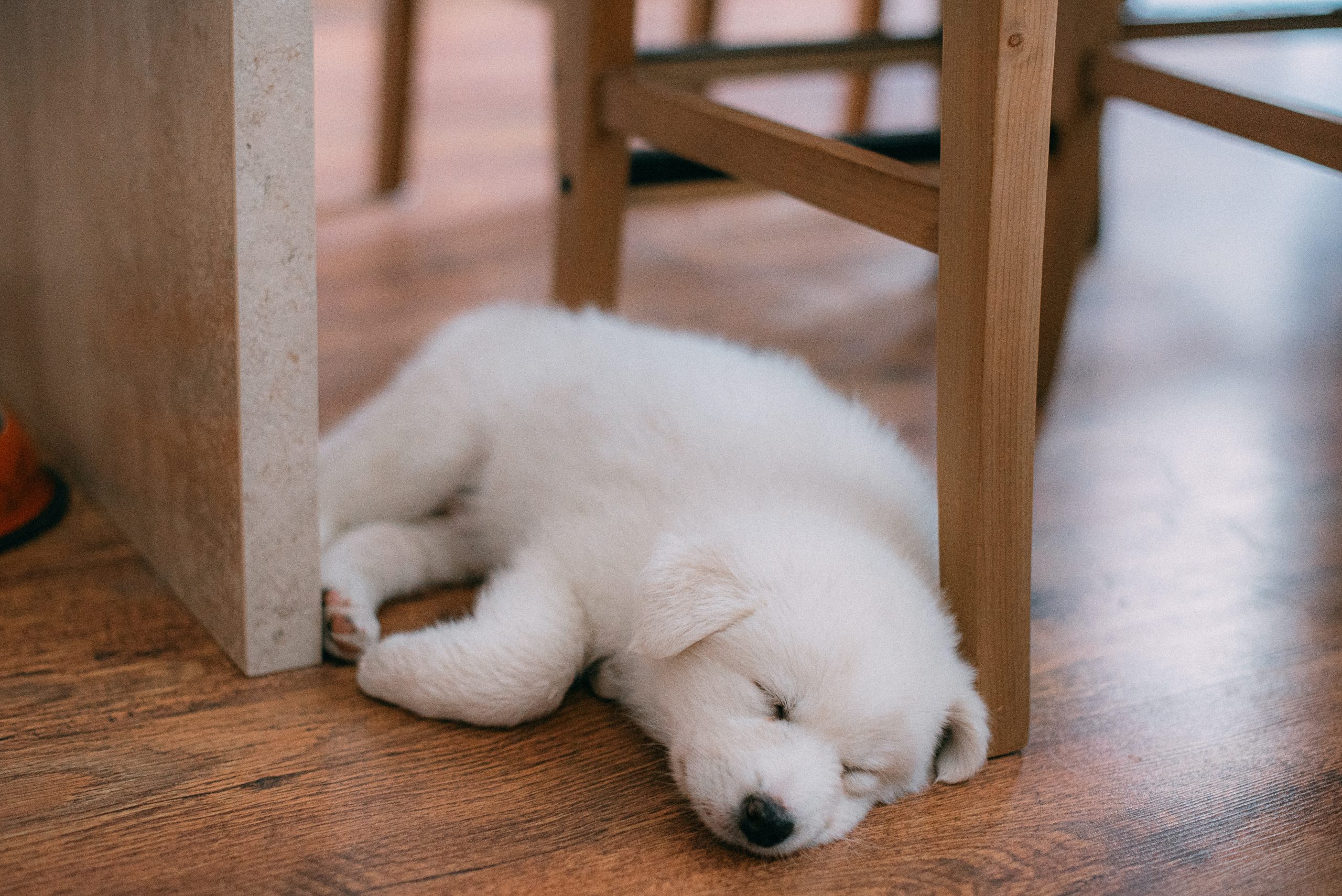
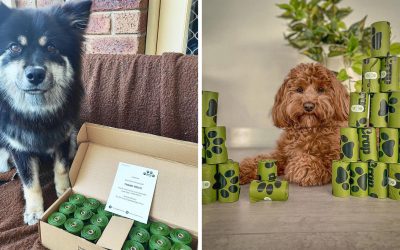
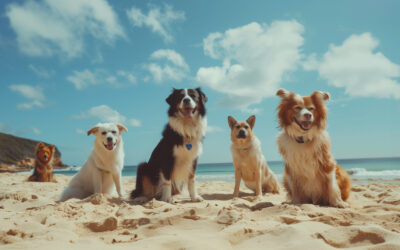

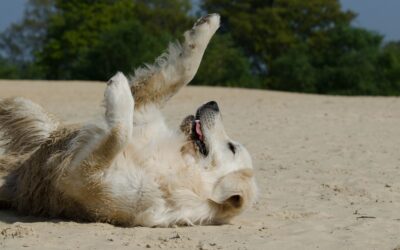
0 Comments